Table top Games for learning Tables
(User Studies)
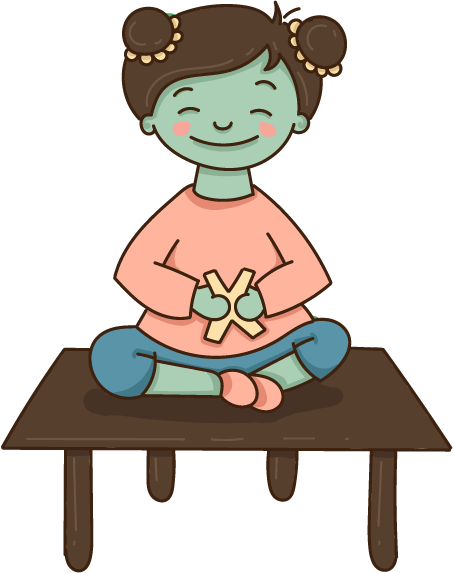
The Brief
- Tables are an elemental part of learning mathematics and a necessary life skill to have.
- Most of us learn tables through memorization and repetition which seems like a hard way to learn.
- Can there be a more intuitive and fun way to teach tables to the children?
Focus of Contextual enquiry
Can a logic based approach replace memorization for learning tables?
- Logics stay with learners forever.
- Memorization is time consuming.
- Prone to forgetfulness.
- Boring technique that requires regular repetition.
User Interviews
Teachers( background)
- 2 users
- Age range 40 - 55
Teachers( Observations)
- Consider logic is important for educational base.
- Say memorization is inevitable.
- Not satisfied with current education system.
- Think tuition is optional.
- Struggle to match children’s energy.

Children( background)
- 23 children, grade 2 - 10
- Primary users range from grade 3 - 4
- Varied socio-economic background and gender
- Varied family backgrounds
Children( Observations)
- Written and oral repetition techniques are popular.
- Often taught by mother.
- Tuition is a necessary supplement.
- Additive techniques are fairly popular.

Parents( background)
- 3 users
- Different socio-economic background
- Age range 30 -40
Parents( Observations)
- Education & economic levels vary. This can impact their child's growth.
- See education as a window to better future.
- Prefer logical approach.
- Lack time for kids.
- Think tuitions are inevitable.
- Prefer private schools.

Shifting Focus
Use logic as a supplement and memory as backbone to learn tables.
- Tables are an elemental part of learning mathematics and a necessary life skill to have.
- Most of us learn tables through memorization and repetition which seems like a hard way to learn.
- Can there be a more intuitive and fun way to teach tables to the children?
Important findings
Goals
- Do well academically
- Pursue extra curricular hobbies and interests
- Building relationships with peers
- Make parents and teachers proud

Constraints
- Language/Dialect
- Gender (equality of opportunity)
- Expected to study more, play less
- Family responsibilities
- Socio-economic status
- Cultural & religious aspects
- Educational background of parents
- Varying tech maturity
- Teacher’s attitude towards students

Problems
- Unclear concepts
- Difficulty in memorizing
- Improper utilisation of resources
- Teacher to student ratio in a class

Opportunities
- Exposure to technology
- Like tangible play and learning
- Children are enthusiastic and have an open attitude to try new things
- Learn by elders
- Can sustain healthy competition among peer
- Can complete complex tasks and multitask
- High on energy

The revised Brief
Target Audience
- Primary User: Children Grade 3-4
- Secondary User: Parents/Teachers/Siblings
Problems that the design must solve
- Demonstrate basic logic of tables
- Help improve the children’s recall
- Supplement the written and oral memorization techniques
- Aid speed and accuracy
- Use spatial and physical cues to increase immersion
- Simple to understand and complex enough to expand
- Transcend economical/ literary/ language barriers
- Self explanatory
Design Ideas
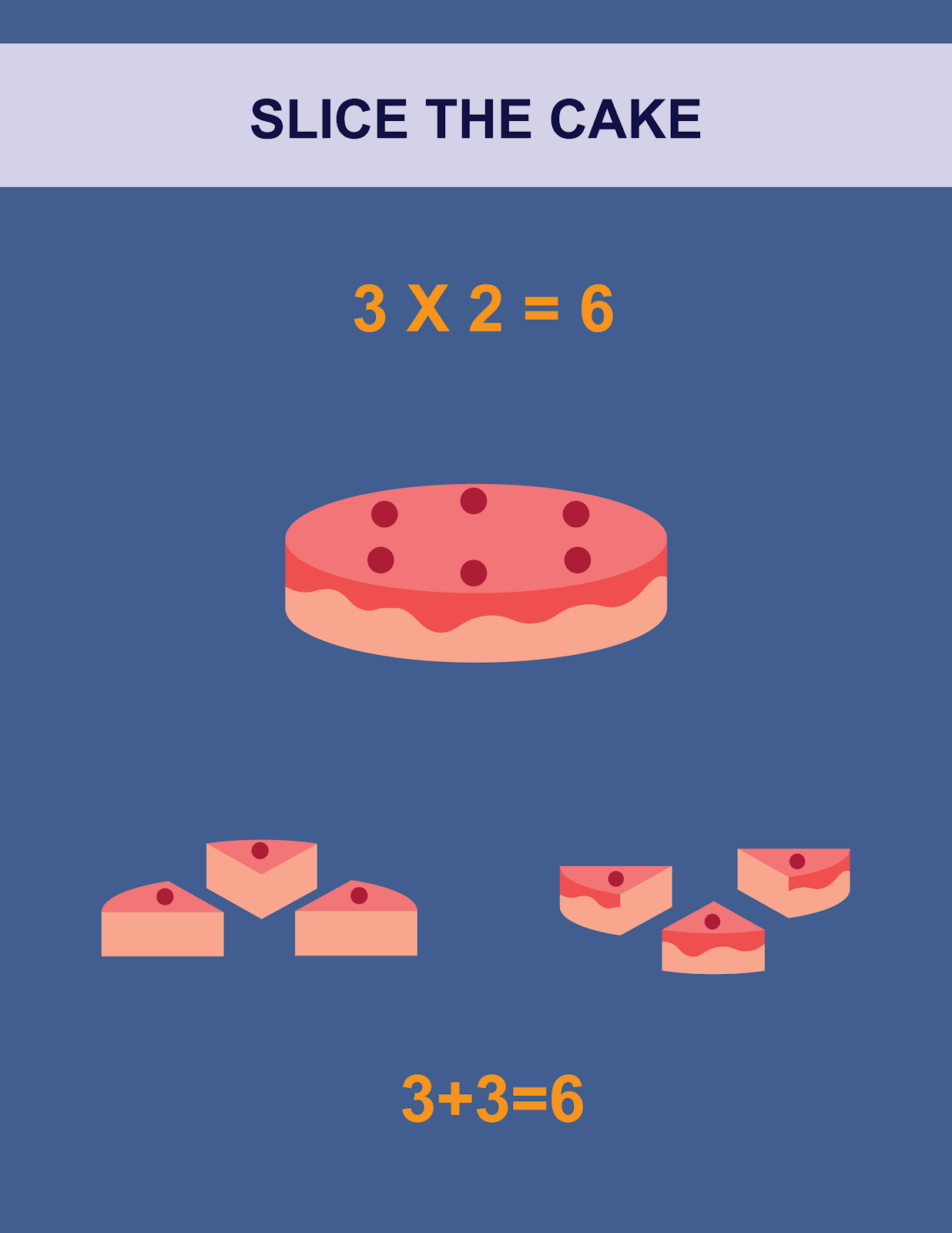
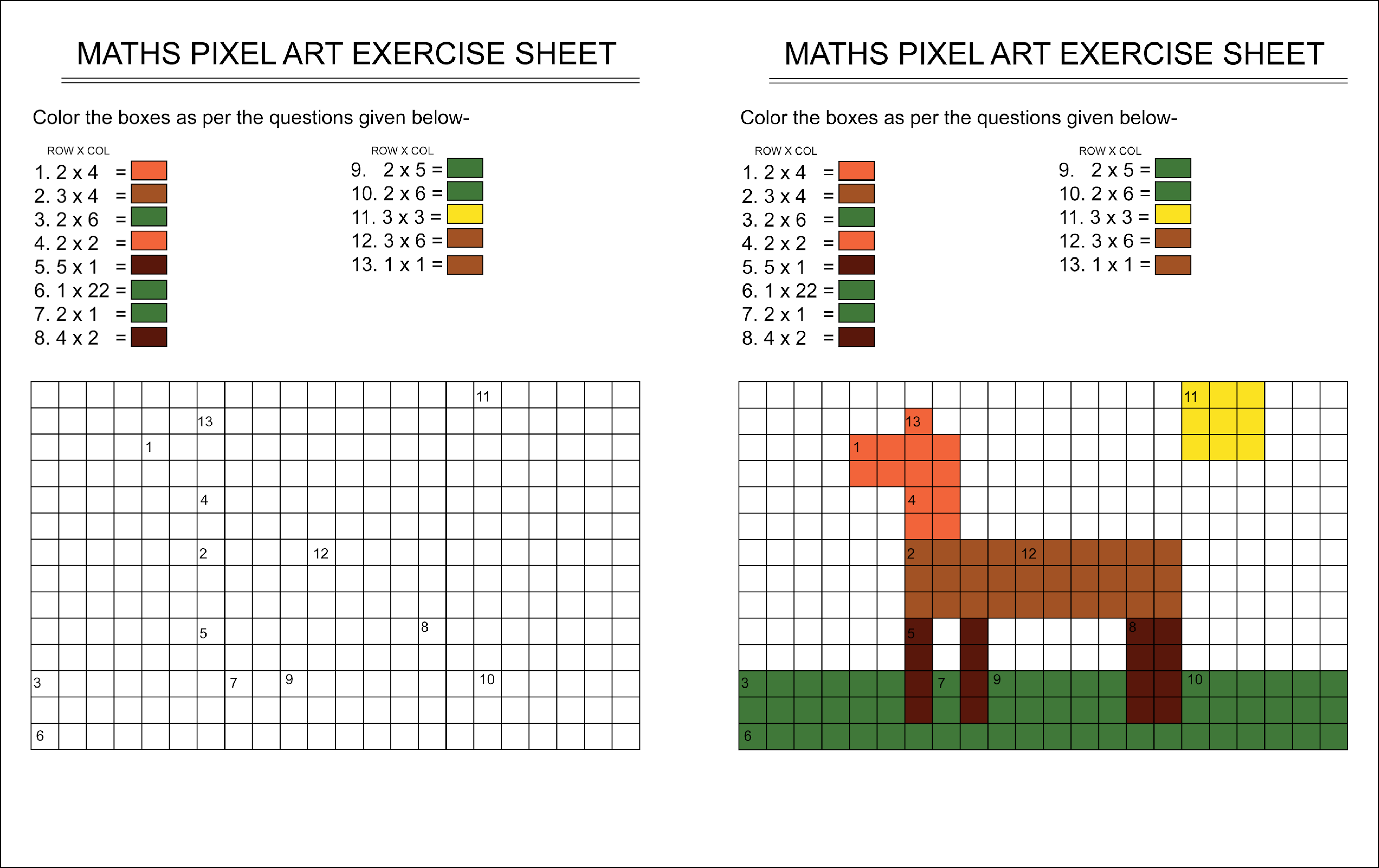
Idea 1 : Slice the cake
Idea 2 : Maths pixel art
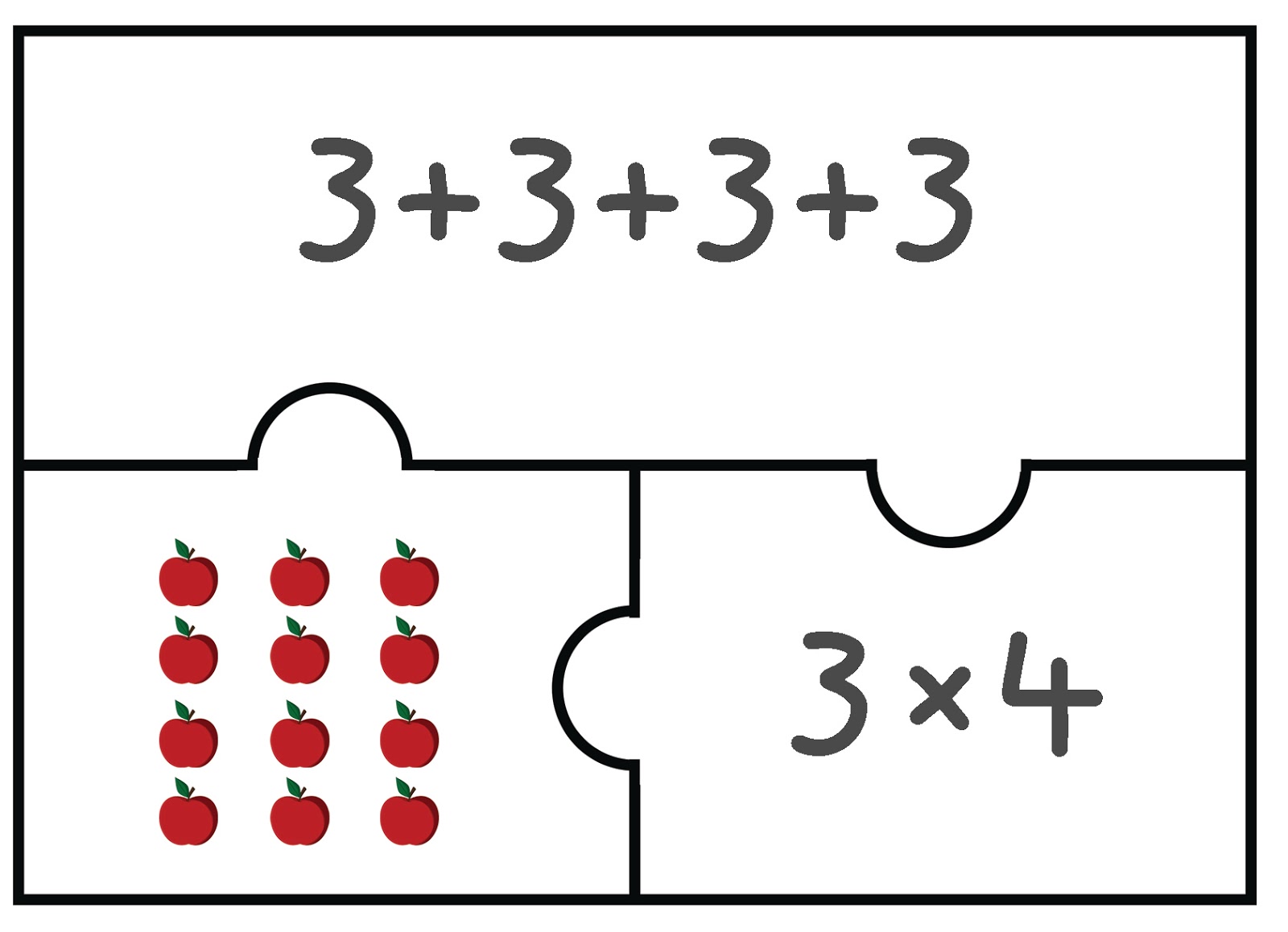
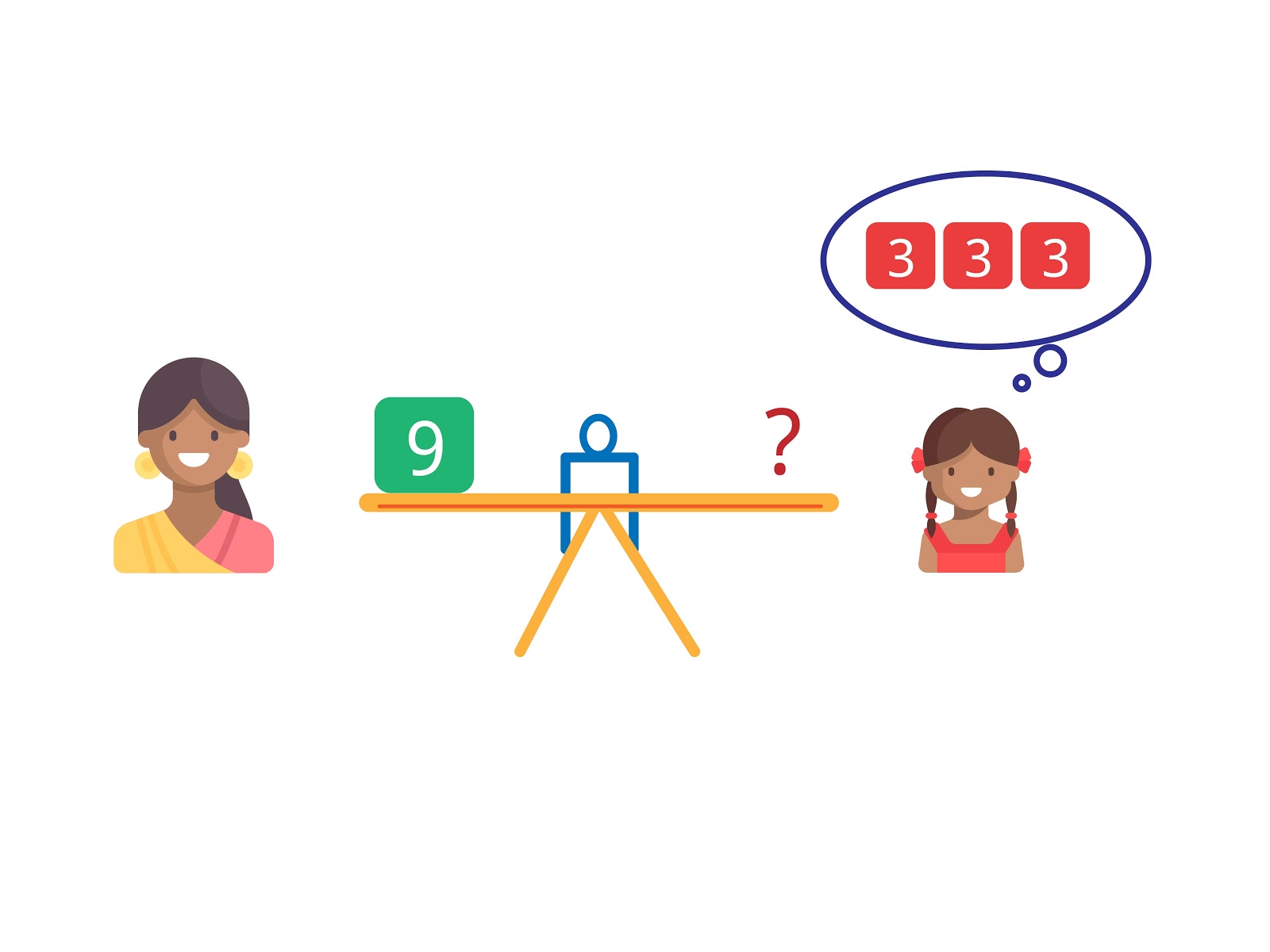
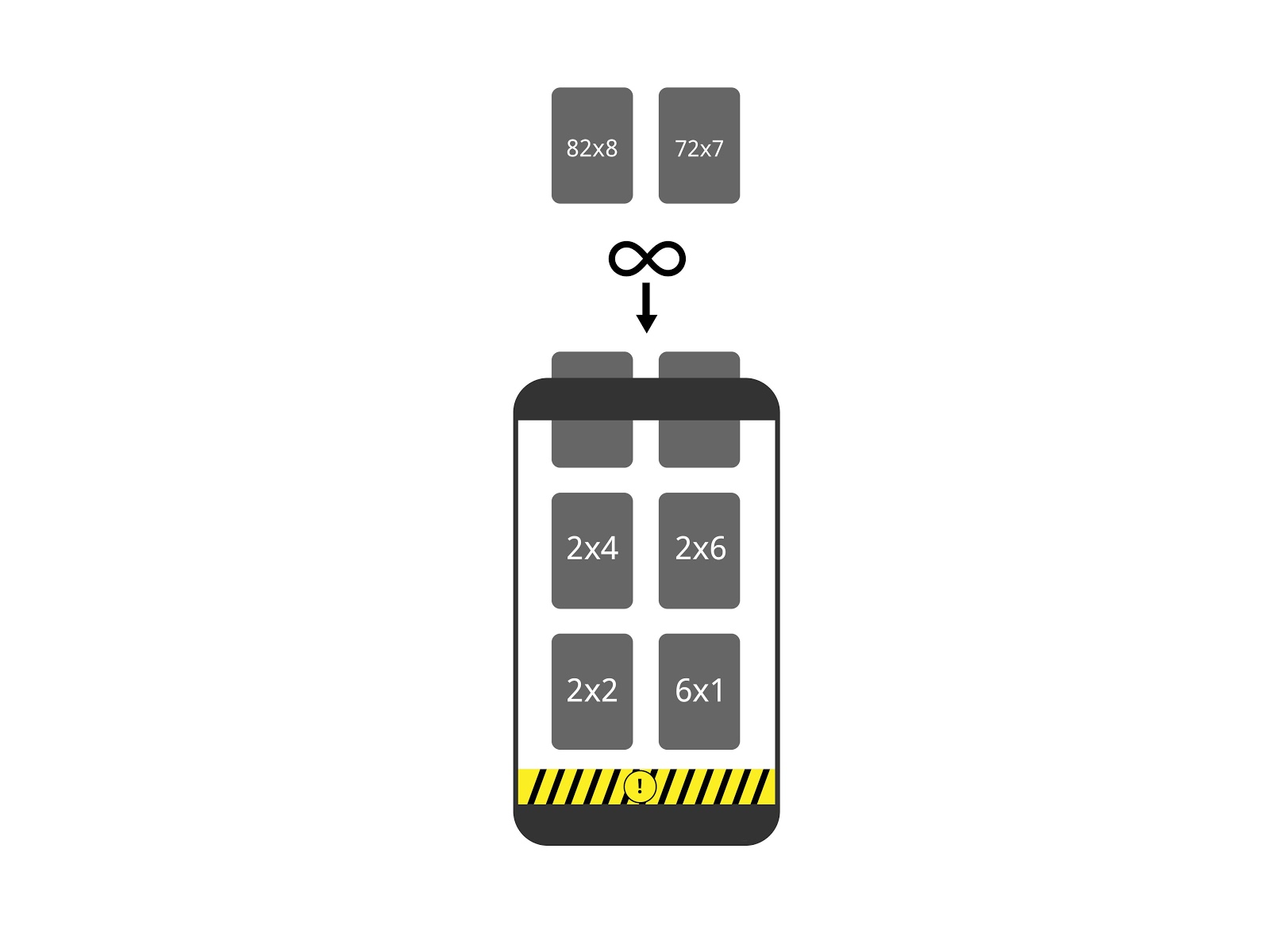
Idea 3 : Table puzzle
Idea 4 : Balance the scale
Idea 5 : Choose the lasrgest
The project was done as part of a Userstudies course at IDC School of Design.
© 2020 Noopur Kumari Kashyap